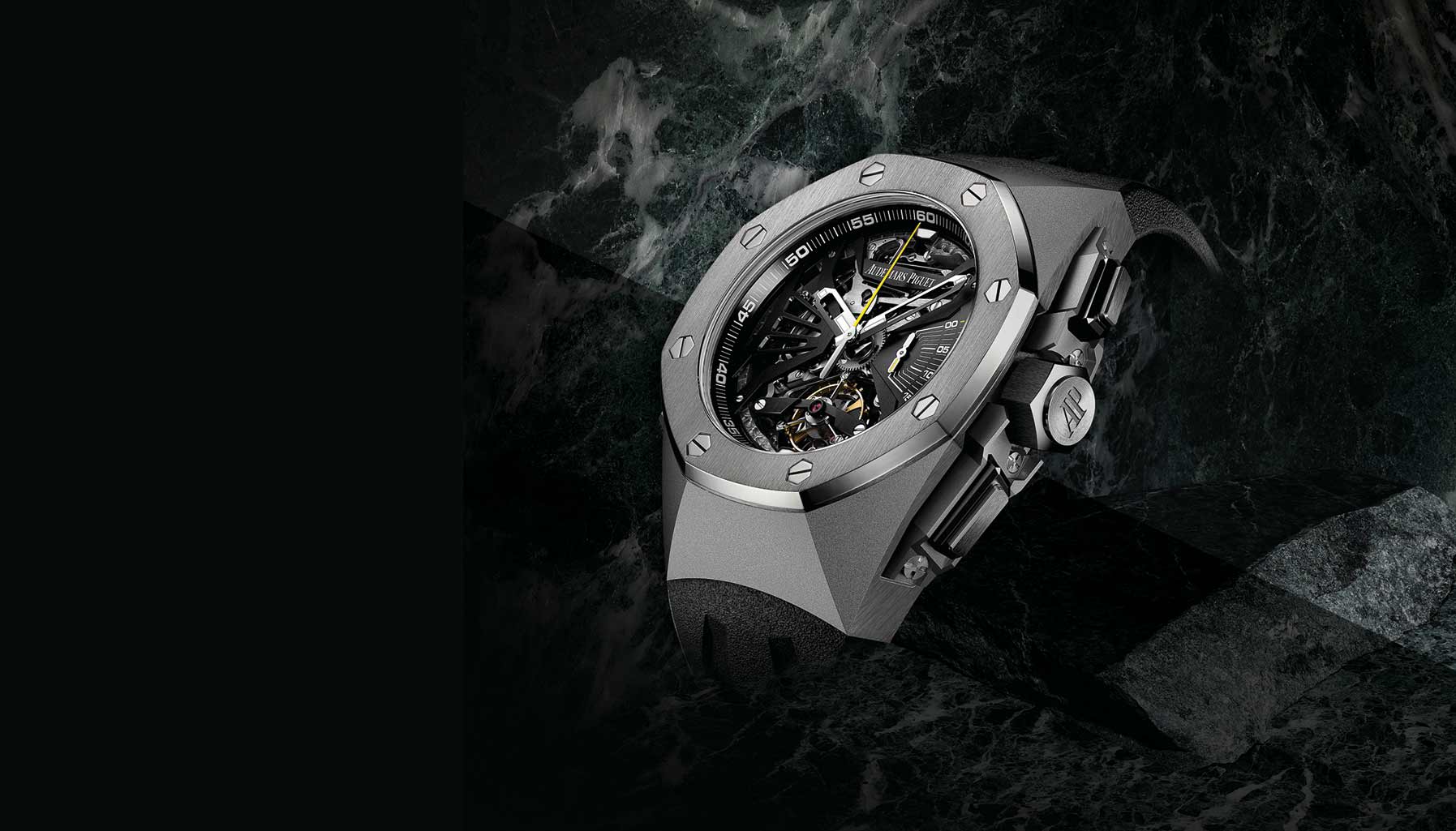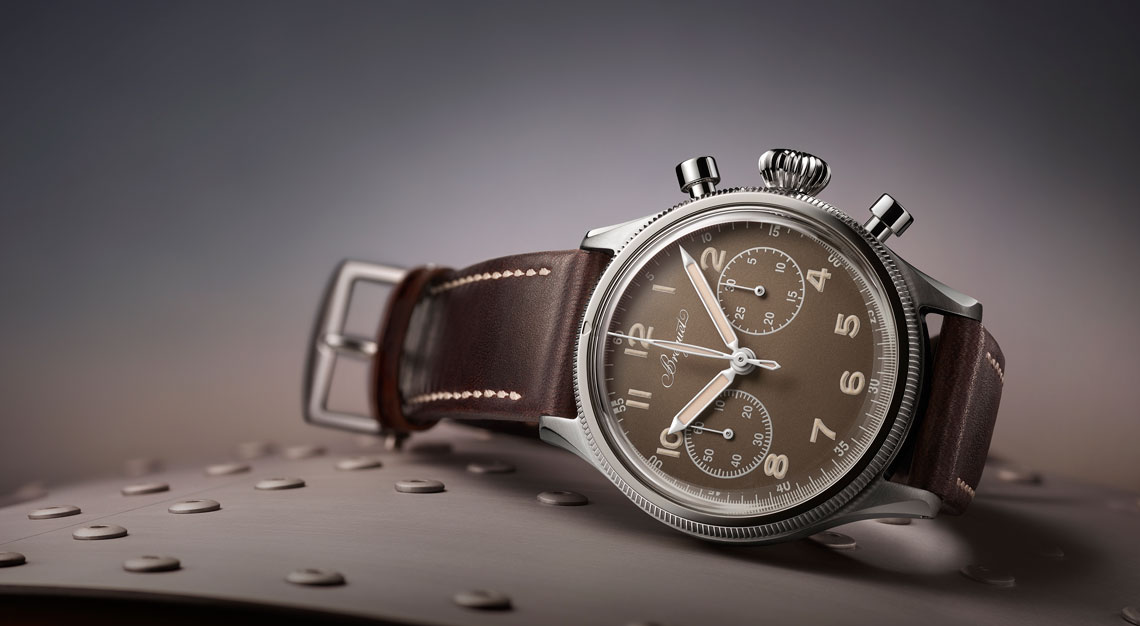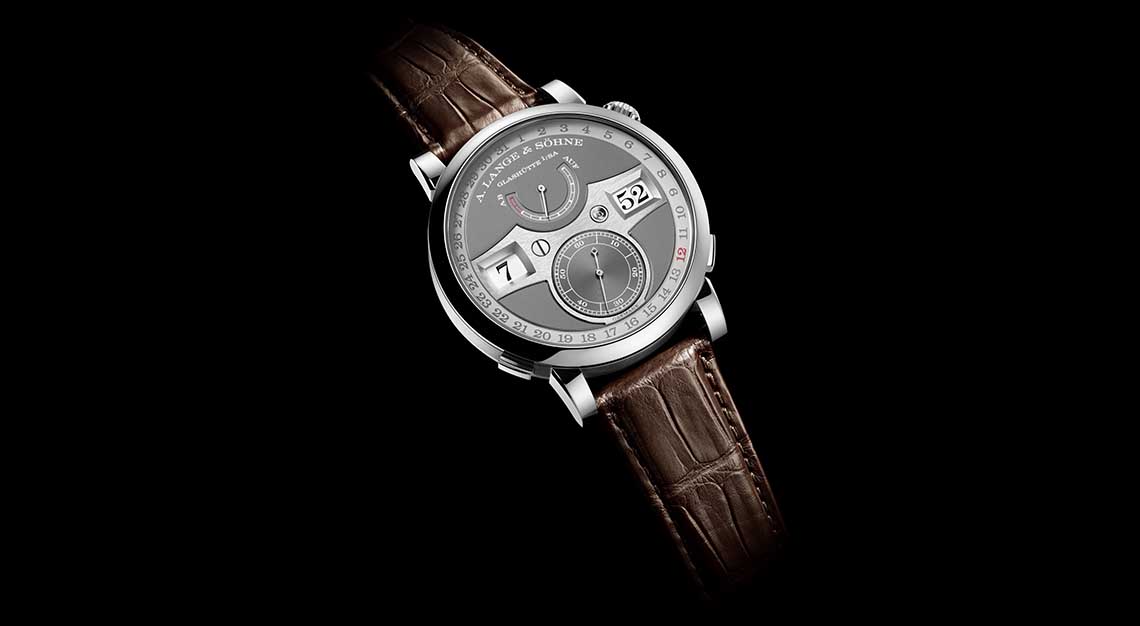From the wildest ideas at the luxury swiss brand come the Royal Oak Concept
As one of the fabled Big Three luxury haute horlogerie companies, Audemars Piguet has an impressive collection of watches that range from the classical to the avant-garde. Yet if you were to look closely at every single timepiece it’s made since its founding in 1875, you’ll find a wild streak residing somewhere within the watch. Maybe it’s in the way its mechanism has been designed, maybe it’s in the aesthetics of the watch, or maybe it’s in the unique execution of a tried-and-true complication. It can be anything and anywhere but that wild streak is always there.
Taking the Royal Oak as an example, we can see how audacity runs so deeply in Audemars Piguet’s blood that something that was once bold and disruptive has now become a classic.
Another Audemars Piguet best-seller, the Royal Oak Offshore, was a disruptor to the luxury market too. Introduced in 1992, it was the first timepiece that brought industrial materials into luxury watchmaking. This was the industry’s first watch that came with a rubber-clad bezel which was not only extremely practical but very attractive too. Like the Royal Oak, the Offshore rewrote the rules of luxury watchmaking and paved the way for others to follow. And there were many.
The Royal Oak Concept came next. In 2002, to commemorate the 30th anniversary of the Royal Oak, Audemars Piguet started a new variation of the watch that was even more advanced than the Offshore in terms of innovation. More than just an Offshore on steroids, this new timepiece became the brainchild of the manufacture’s most cutting edge discoveries, a vanguard of its most far-out theories. From the Audemars Piguet R&D lab, everything that can be applied to luxury watchmaking – and that works and looks good – would potentially make it into the Royal Oak Concept line. The first of its kind is the visually and technically ground-breaking Royal Oak Concept Ref. 25980AI.
Ref. 25980AI proffers several new ideas to watchmaking. To begin, its case looks extremely hefty but is actually lightweight because it’s made of a cobalt-based alloy named Alacrite. It is also oxidation- and sulfidation-resistant, non-magnetic and stainless, with a surface hardness ideal for mirror polishing. Like many of the world’s most high-tech alloys and materials, Alacrite was initially developed for aircraft components but thanks to Audemars Piguet, it has broken into the haute horlogerie universe. Combined with a titanium bezel, this watch was powered by the Audemars Piguet hand-wound Calibre 2896, which remains visible not just through the sapphire case back but the front as well, because the watch has no dial.
Even though Calibre 2896 didn’t bring about anything new in terms of complication, it’s still a highly technical movement. One key feature is the shock-absorbing tourbillon bridge at nine o’clock. Fabricating the bridge in this corrugated form makes the balance shock resistant to 50Gs. In Ref. 25980AI Audemars Piguet also debuted the industry’s first dynamograph which indicates the level of torque supplied by the mainspring. The watch also has a crown function selecting display that corresponds to neutral (N), winding (R), and time-setting (H). Lastly, it has a linear power reserve display which was unusual for its time.
According to Audemars Piguet, Ref. 25980AI was supposed to be a one-off creation. However, such is the drive to innovate and inspire at the Le Brassus manufacture that more was never a matter of if, but when. True enough, in 2008, it released the unreservedly avant-garde Royal Oak Concept Carbon Ref. 26265FO.
Clad entirely in black, this watch was presented with a black forged carbon case, black ceramic bezel and a blackened titanium case back ring, as well as black ceramic screw-down crown and pushers. Before Audemars Piguet did, no other watch company had ever used forged carbon. This material has unique feathery markings throughout and is as light as carbon fibre except that it can be moulded into three dimensional shapes. Carbon fibre cannot because it is essentially made up of sheets of material compressed together, and then cut or machined.
Having ceramic components was also something extraordinary in luxury watchmaking then. Manufacturing techniques have yet to arrive at the level of sophistication we see today, 10 years later. Components like the crown and pushers were exceedingly difficult to fabricate from ceramic and this clearly shows that Audemars Piguet was a pioneer in ceramic manufacturing techniques.
Its movement is the hand-wound Calibre 2895 with tourbillon and linear chronograph complications. The screws around the case back are black PVD-coated titanium while its main plate is fashioned out of carbon, and the central bridge from green eloxed aluminium. Comprising 384 parts, it functions on a rapid-rotation twin-barrel system lasting a maximum of 237 hours, or approximately nine days. This is made possible by a mainspring that is much thinner and longer than usual.
After this model came the Royal Oak Concept GMT Tourbillon Ref. 26560IO that like the earlier piece was made in the same ultra-robust sculpted case design as the original Royal Oak Concept from 2002. Launched in 2011, Ref. 26560IO combines a titanium case with a black ceramic bezel, and instead of a linear chronograph, offers a dual time function. Inside, there are bridges in black anodised aluminium shaped like an hourglass at the centre of the movement, white gold skeletonised hands and a black anodised aluminium inner flange. Along with the case and strap, this state-of-the-art movement construction utilises the best materials for each purpose. For instance, where a component is needed to be light and hard, titanium is used; where it needs to be light and easy to machine, aluminium comes in; and where it needs to be hard and scratchproof, there is ceramic.
Indeed, the manually-wound Calibre 2913 with a 10-day power reserve also boasts ceramic components, specifically its central bridge, which is the topmost one closest to the sapphire crystal. Also used for the watch’s bezel, crown and second time zone pusher, ceramic is nine times harder than steel, so while the components are lighter, more scratchproof and long lasting, they are also more difficult to machine.
Three years later, Audemars Piguet followed up with another Royal Oak Concept Tourbillon GMT but this time in white ceramic. Yet the manufacture didn’t merely re-introduce an existing timepiece in a different colourway; this 2014 novelty came out with new technical improvements of its own. Specifically, this is the first Royal Oak Concept featuring white ceramic. Applied liberally throughout the watch, white ceramic was used for the bezel, crown, and pusher as well as the central bridge which was formerly in black ceramic. Paired with a white rubber strap, this model known as Ref. 26580IO retained its masculine overtures thanks to the sandblasted titanium case made once again in that familiar sculpted form.
Knowing Audemars Piguet’s predilection for materials innovation, it almost comes as no surprise that the white ceramic used in and around Ref. 26580IO was no ordinary ceramic. The manufacture terms it Super Ceramic and measuring 1,850 Vickers on the Vickers scale, it is over 500 Vickers harder than the black ceramic used in Ref. 26560IO. Correspondingly, Super Ceramic is also more difficult to machine. The bezel for instance would require eight hours of machining work which feels like eternity if you were to compare that with a steel bezel that takes 45 minutes to be ready. Still, all that is worthwhile once you look at the sleek and powerful aesthetics afforded by white ceramic.
Then in 2015, the Royal Oak Concept collection took a super sporty turn when Audemars Piguet dedicated its latest model to motor racing legend, Michael Schumacher. The Royal Oak Concept Laptimer Michael Schumacher Ref. 26221FT continued to rely on high-performance materials but this time the focus is on the movement. It had a laptimer chronograph with double central second hands, the flyback function, counters for 30-minutes and small seconds, as well as hours and minutes. Revisiting previously novel materials like forged carbon, ceramic and titanium, Ref. 26221FT also brought a touch of gold which ironically is unusual in the collection but apt considering its tribute to the legendary driver.
The next great leap came swiftly. In 2016 Audemars Piguet took the collection in a completely different direction by releasing Ref. 26577TI, the Royal Oak Concept Supersonnerie, which is hands-down the most mind-blowing creation by far ever made of a striking complication. To say that there’s nothing traditional about this watch is factually accurate because Audemars Piguet literally reimagined everything from the way a repeater is conceived to how its sound is achieved. Suffice it to say, this is the loudest water resistant minute repeater ever to go on record – and it also comes with a tourbillon and chronograph. Now are you impressed?
Rather than begin with making the components and then fine tuning the sound – something it’s done for more than a hundred years – Audemars Piguet started by determining the best kind of sound for a repeater. In terms of pitch, volume, resonance, and cadence, everything has been calibrated perfectly with the help of the Ecole Polytechnique Federale de Lausanne. Thereafter, the manufacture set out to create the watch. Audemars Piguet remains tight-lipped about the exact mechanics but have revealed that the movement comes with a titanium case back that doubles up as a chamber through which the sound waves can resonate. Titanium was the obvious choice of casing material because it is hard but has a low density, so it is least obstructive as a barrier between the hammer and gongs and our ears.
Over the next two years, Audemars Piguet revisited several existing concepts and either made them better or sexier. The Royal Oak Concept Tourbillon Chronograph Ref. 26223RO of 2017 took what the Royal Oak Concept Carbon Ref. 26265FO did in 2008 but made it more luxurious. Cased in pink gold – a first for the collection – and paired with a white ceramic bezel, it also has white ceramic pushers and crown, and forged carbon plates and bridges. Showing off the manufacture’s prowess in watch design and savoir-faire with materials, Ref. 26223RO juxtaposed the traditionally luxurious with the cutting edge and is a metaphor for what Audemars Piguet stands for in watchmaking.
The latest pieces launched in 2018 include the Royal Oak Concept Flying Tourbillon GMT Ref. 26589IO and the Royal Oak Concept Flying Tourbillon Refs. 26227BC and 26228BC. Audemars Piguet loyalists would instantly take notice of the use of a flying tourbillon in these watches; the manufacture had previously only used bridged tourbillons. Indeed, this is Audemars Piguet’s very first flying tourbillon calibre – after all these years. Another first for the collection is that Refs. 26227BC and 26228BC were expressly made for a female clientele. Very importantly, even though they do come with diamonds, they’re not merely diamond-studded versions of the men’s model. Audemars Piguet had very mindfully created a design aesthetic that defines the AP lady – one can easily see vestiges of the manufacture’s high jewellery line in these watches.
It’s been 16 years since Audemars Piguet launched the first Royal Oak Concept. What started out as a mere single-watch project ended up creating an entire collection of astonishing high-tech masterpieces. Clearly an evolution of the Royal Oak done right, the Royal Oak Concept should also be applauded for being a collection that works and that are not merely concepts, which is a term oft taken lightly or for granted in different pockets of the industry.






